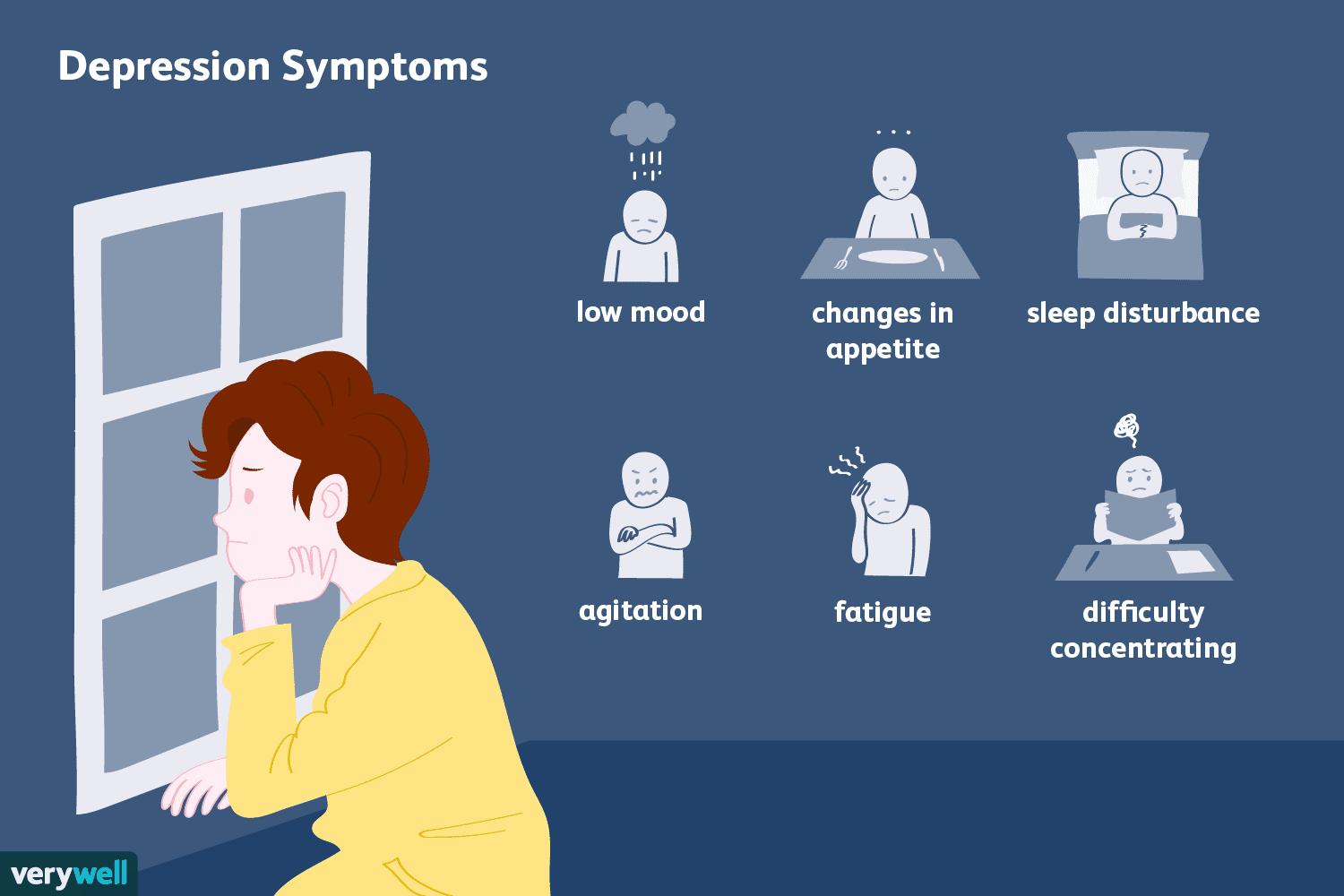
8 minute read
Mythbusters: Does alcohol help heart health?
BY ASWIN AGUINAGA, NEWS EDITOR
This article was originally published on April 8, 2022
Advertisement
You may have heard that red wine is good for your heart due to the levels of resveratrol, a compound found in red grapes that is thought to act as an antioxidant in the body. New research published in Jama Network Open by Kiran J. Biddinger et al. challenges the idea that light alcohol consumption decreases risk of cardiovascular disease (CVD). In the study published, the team of researchers found that alcohol consumption at any level of intake was linked with a higher risk of CVD. Controversy continues to surround the association between alcohol intake and CVD, which remains the leading global cause of death.
The current theory suggests that light drinkers have the lowest risk for heart disease, followed by those who abstain from drinking and finally heavy drinkers. However, the new study suggests that previous studies have confounded this result, implying that there are other factors that might account for lower risk of CVD among light drinkers. For example, light drinkers are believed to have healthier lifestyles and better socioeconomic status, allowing them the ability to have the occasional drink without significant damage to their health. Just a few of these lifestyle factors (exercise, vegetable consumption, and non-smoking) may considerably reduce the risk of heart disease.
In an attempt to address the complex link between alcohol and CVD, the team of researchers conducted a study applying Mendelian randomization, which examines genetic variants satisfied you’ll feel from a meal; if your meal is mostly protein, you will feel more full than an equivalent amount of calories in carbs. For a heart-healthy diet, increase the number of fruits and vegetables, whole grains, and low-fat proteins, and decrease salt, saturated, and trans fats. The timing of your meals can also make controlling your diet easier. Northwestern Medicine suggests spacing out meals evenly to avoid overeating, putting 4 to 5 hours between meals. Often, we skip breakfast because we aren’t hungry, though this trains your body “not to send hunger signals at that time because they have long been ignored. Your body needs energy in the morning, so fuel it accordingly.” There are other options for timing your meals around your classes, a recent fad being Intermittent Fasting, though the best diet is the one that you’ll stick to. If you find yourself hungry while fasting and going for a snack, this will not be sustainable for weight loss or overall health. It’s also important to time your meals around exercise. Eating less than two hours before a workout, especially a high-intensity workout, may cause nausea and indigestion. Fasted training is an option, but it’s important to eat protein and carbs soon after your workout to refuel. to assess whether the causal relationship between exposure and outcome are consistent. Better phrased, they studied the human genetic data at various levels of alcohol consumption and analyzed the relationship to CVD. This allows the researchers to study heart disease regardless of any lifestyle habits.
Aerobic exercise, also known as cardio, is the best workout for improving your heart health. These workouts focus on endurance and breathing control, aerobic meaning “with oxygen,” and include activities like walking, biking, swimming, dancing, and yoga. Cardio is recommended 30 minutes per day, five to seven times per week, which can seem unattainable for many college students. Any amount of daily exercise will be beneficial to your health, and people trying to implement workouts into their routine should choose activities that they find interesting and enjoyable. The only way you will see progress is if you maintain your exercise somewhat regularly, and the easiest way to do it is to actually enjoy working out and eating healthy. Easier said than done.
When the researchers evaluated their findings, they found that individuals with genetic variants that predict higher alcohol consumption were in fact more likely to have hypertension and coronary artery disease. Furthermore, they found that the relationship between alcohol consumption and CVD is exponential. Low alcohol consumption increases risk of CVD, though minimal, and the risk only increases at higher levels of alcohol consumption.
One of the researchers, Krishna G. Aragam MD, said, “The findings affirm that alcohol in - take should not be recommended to improve cardiovascular health; rather, that reducing alcohol intake will likely reduce cardiovascular risk in all individuals, albeit to different extents based on one’s current level of consumption.” Cutting back on consumption will decrease risk at all levels, although moderate and heavy drinkers may benefit from it the most.
Ultimately, any observed cardioprotective effects of light to moderate alcohol consumption may be attributed to lifestyle factors. According to new genetic techniques and analyses, the causal relationship between alcohol intake and cardiovascular disease is exponential, which means that the risk for developing CVD only grows with higher levels of consumption. If there is any physical benefit to light drinking, it is far outweighed by the benefit of abstaining altogether.
Subway stations near rivers found to have the worst air quality
BY EVAN PAPAGEORGE, OPINION COLUMNIST
At Stevens, particular characteristics make the campus and surrounding area what it is. Castle Point, Lackawanna, and the Hudson River are some examples. However, this unique collection of entities near the campus offers some disadvantages too. A recent New York University (NYU) study could show issues for Hoboken’s beloved Lackawanna station. NYU Langone Health and NYU Grossman School of Medicine released a study on December 30, 2022, which studied the correlation and possible causation of pollution levels in subway stations near city rivers. With the importance of Lackawanna, a riverside station, the results of this study will hopefully enact quick changes to protect the health of those who use the PATH system and other subways that use river-tunnel stations. The origins of this study come from another NYU research project that examined the pollution levels of subway stations in The Metropolitan Transit Authority system. Although no causes were determined in that study, it was clear that something was affecting the air quality levels of stations across New York City. With the knowledge of that study, David Luglio, MS—a doctoral student at NYU Grossman School of Medicine—began work on a study that would uncover any correlations that led to causal relations in subway stations and their air quality levels. What they found was not what they expected: stations adjacent to river tunnels saw much higher levels of dangerous pollutants and lower air quality. In the stations near river tunnels, “they found that stations neighboring river tunnels had 80% to 130% higher concentrations of potentially dangerous particles in the air compared with stations only two or three stops further away from rivers,” according to an article on the study by Science Daily.
Luglio and the rest of the NYU team describe the phenomenon as the ‘river-tunnel effect.’ This strange occurrence is because of reduced airflow and circulation in tunnels underwater. While most tunnels underground can have a lot of ventilation, enough to keep the air clean, tunnels under rivers cannot have air shafts underwater, so the only circulation can come from systems on either side of the water. Waste and debris from the train systems, like iron and carbon particulates, build up on the ground and in the air of
New research demonstrates ability to detect clinical depression through automated speech analysis
BY AVA WANG, CONTRIBUTING REPORTER
Mental illness is a disease that packs two punches: first symptoms, then stigma. The stigma surrounding mental health — especially men’s mental health — only contributes to the struggles of those already suffering, and at its extreme culminates in 700,000 individuals lost to suicide each year.
Within mental health diagnoses, depression and anxiety are among the most common. Depression is a worldwide epidemic regularly overlooked due to the ‘invisible’ nature of its diagnosis and compacted by societal pressure to sweep it under the rug. The World Health Organization estimates 3.8% of the total population struggles with the chronic illness, totaling 280 million individuals worldwide. For reference, in the first two weeks of 2022, around 3.37% of New Jersey residents were considered active cases of COVID-19, which was profound enough to delay Stevens students’ return to campus for the Spring 2022 semester.

Raising awareness towards the significance of the number of individuals struggling, development of earlier detection methods, and advancements in the ease of access to treatment all progress efforts to curb the ongoing mental health crisis.
In December 2022, BMC Psychiatry published a groundbreaking study in early detection methodology. Alexandra König and colleagues were able to pre - dict if an individual had clinically significant levels of depression — with 93% accuracy — from a two minute speech analysis.
Until this publication, prior art for speech analysis and depression primarily focused on the comparison of patients already diagnosed with a major depressive disorder versus that of their healthy counterparts. The work put forth by the French National Institute for Research in Computer Science and Automation’s

König is unique in that it brings knowledge from prior models and applies it to a non-clinical setting. König and colleagues successfully developed an analytical program capable of detecting early and sensitive markers of clinical depression in individuals with no previous clinical diagnoses.
It’s been widely understood that patients with depression may present with more monotonous speech, less expressive rhythm and intonation, and utilize more words between pauses. Clinicians and practicing psychologists have been analyzing the speech of their clients for years. It is unsurprising, however; that this subjective form of evaluation, whether conscious or unconscious, is often unreliable and hard for a clinician to quantify. It takes years of professional experience to train the ear to these subtle differences. König’s team’s 93% successful identification rate defined the length of a pause to be a mere 10 milliseconds.
Computational analysis of speech in depression-prone patients presents a significantly more objective pathway to diagnosis and treatment. The ones and zeros dialect of computers translates beautifully into temporal measurements and is very conducive to reading between the lines with less of an emphasis on the very human desire to understand and empathize with semantics. The study’s evaluation was rooted primarily in the number of words participants utilized between pauses in speech. Additional acoustic and segmental features such as pitch, speed of speech, and length of speaking segments also informed the prediction. the tunnels. When a train comes through, it pushes all the stagnant air into the stations adjacent to the river tunnels, like Lackawanna. Luglio and the NYU team wanted to test their ‘river-tunnel effect’ more closely. They focused on the B-Line of the New York City Subway system. The B-Line crosses the East River via a bridge, not a tunnel. The stations adjacent to the bridge (which are underground) had significantly less pollution than stations next to river tunnels. The stations next to the bridge had less pollution than stations nowhere near rivers, what Luglio phrases as ‘the river-tunnel effect.’ From the specific testing of the B-Line, NYU determined that river tunnels caused the stations adjacent to those tunnels to have significantly higher rates of air pollution.
While a computer may excel at quick detection, its ability to develop individualized treatment plans crafted to the patient’s unique struggles falls a bit flat, and is best left to a practicing psychologist. A program such as König’s is perhaps most effectively used as a tool to screen individuals, and minimize the time clinicians spend screening. Non-clinical detection methods shorten the agonizing wait for counseling by maximizing the time clinicians can spend practicing. Quick, emotionally non-invasive, early detection methods such as this study’s analytical model provide the promise of a future where individuals struggling with depression spend less time facing their health struggles alone.
Until early screening methods such as König’s become more mainstream, I urge you to work on becoming part of the change to destigmatize mental health.
Using this data, the NYU team hopes to increase the air quality of stations adjacent to river tunnels and other stations around New York and other cities. Another author of the NYU study, Terry Gordon, Ph.D., commented, “Now that our results have identified key contributors to poor air quality in New York City’s underground subway stations, we have a better idea of where to improve conditions in the most contaminated areas of the transit system [...] Increasing ventilation and scrubbing the tunnel walls and floors to remove continually recycling debris may make stations safer for riders and transit workers.” It can be hoped that this study and others will work to make the transit system safer and healthier, like the historic Lackawanna station that so many Stevens students use.









